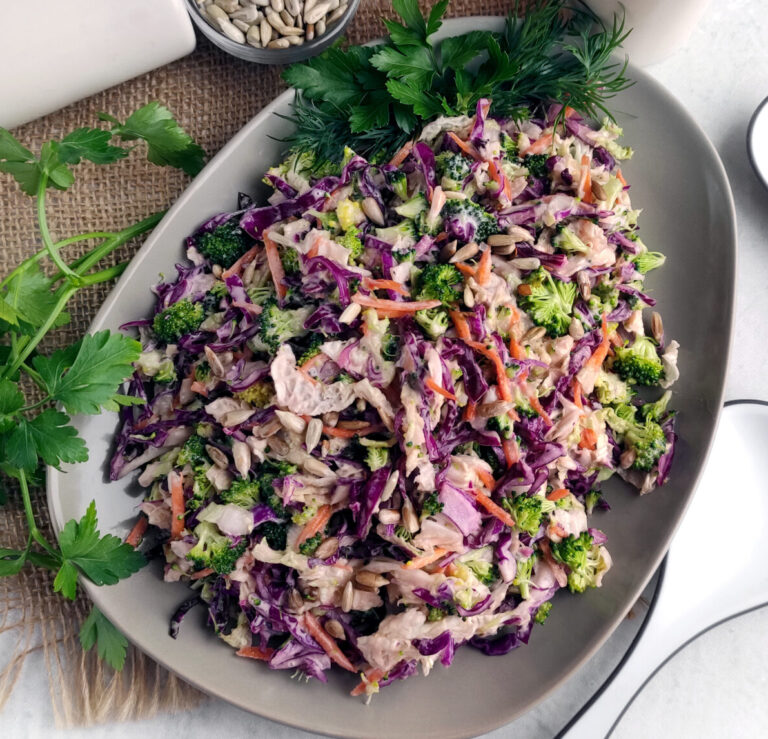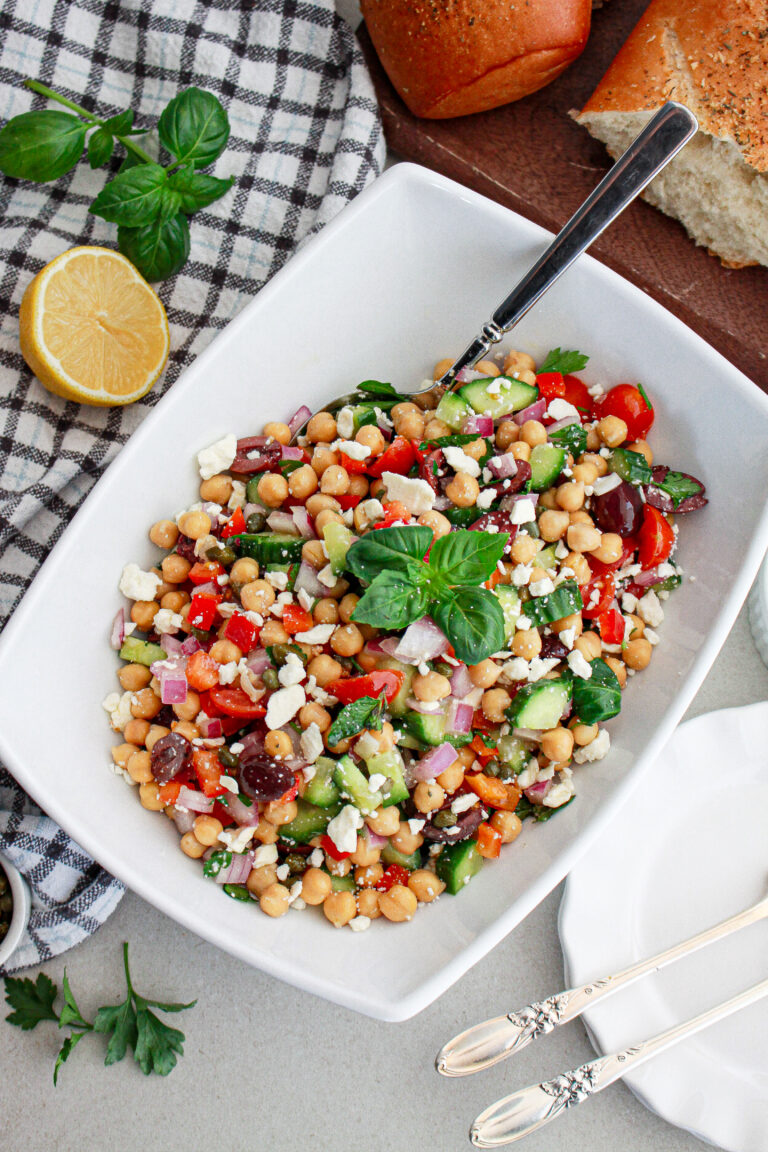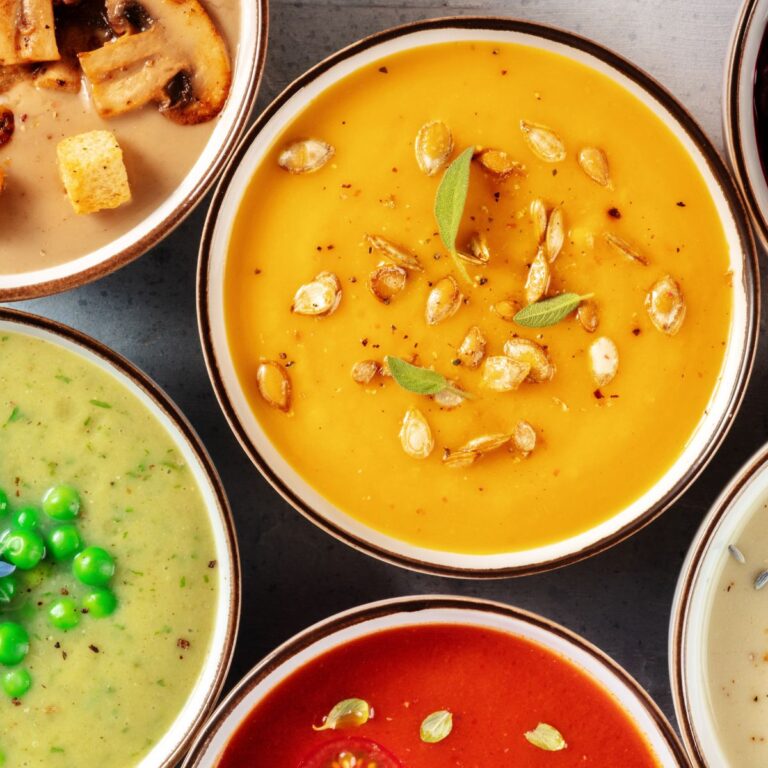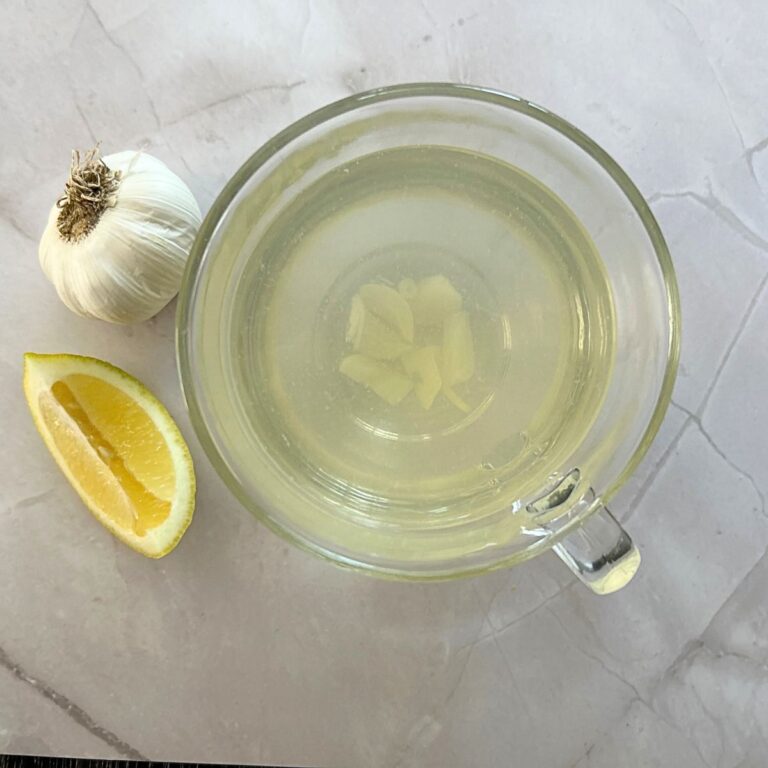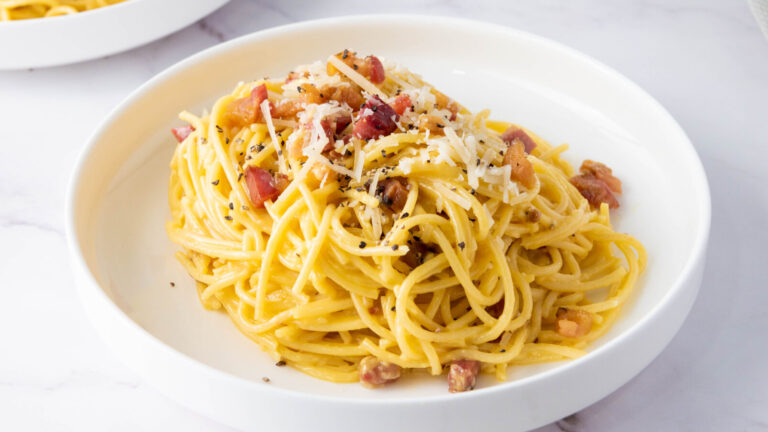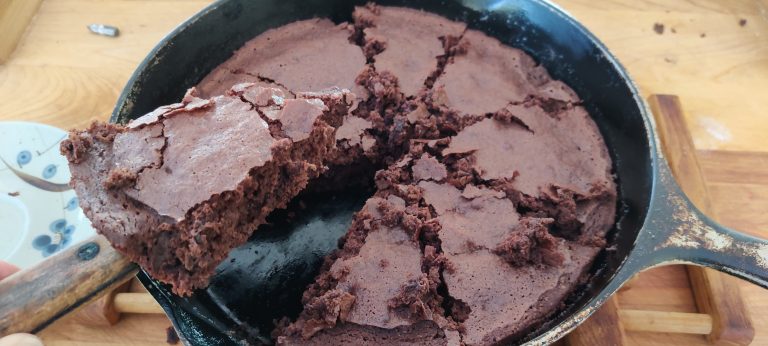This post may contain affiliate links.
You may imagine that using whole wheat flour in your baked goods would lead to a grittier, nuttier, and drier result. But the fact is, by learning a few simple tips and tricks, you can create final products that are just as mouthwatering and enjoyable as those made with all purpose flour.
As a homesteading family, we make many of our own grain products (bread, muffins, dough, etc.) at home instead of buying them from the store. It is important to us that these foods be just as yummy (if not more!) than what we can buy at the store. It is equally important to us that they support and improve the health of our family. Baking with whole grain is an important part of achieving both of those goals.
5 Tips for Baking with Whole Wheat Flour
Tip 1: Choose your Flour Carefully
Not all flours are created equal, and “whole wheat flour” isn’t a single category. As this review by Cooks’ Illustrated demonstrates, whole wheat flours from different brands can lead to a wide variety of flavors, textures, and overall baking results. Differences in the type of wheat used and the quality of the wheat berry itself have a big effect on the flour.
One way to make your choice is to determine how “coarse and flavorful” you want your flour to be, based on the type of thing you are baking. For example, when baking whole wheat bread or muffins you might want a nice “toothsome” grain that will add dimension to your baked goods. In that case, you might go with something like Hodgson Mill’s Whole Wheat Graham Flour (as is recommended by Cooks’ Illustrated).
If you are making cake, cookies, or even a whole wheat pizza dough you might want something that mimics white flour a bit more. In that case, our preference is for King Arthur Flour’s White Whole Wheat Flour. We buy this product in bulk from the factory and have never been disappointed with its performance. It can also be a great “transitional” option if your family is not yet used to whole wheat baking and you aren’t ready to go all the way, yet.
Either way, quality is key here, and you’ll want to buy a flour that doesn’t fall apart, taste gummy, or lead to overly gritty results. Eventually, you may also consider grinding your own flour at home using a grain mill!
Tip 2: Make the Switch Gradually
This tip is particularly useful if you have never baked with whole wheat flour or if you have a recipe in which you want to make a substitution. Likewise, if you have family members that might complain if your baked goods suddenly taste a bit different, this one is for you.
Start by substituting HALF of the flour in any given recipe with whole wheat flour. In addition, start with white whole wheat flour. White whole wheat flour is not as flavorful and nutty as whole wheat made from red or other wheat grains, so your critics won’t notice it as much, but is is equally nutritious.
Our Maple Oat Sandwich Bread recipe is an easy no-knead bread recipe that our whole family enjoys. It uses a combination of oat, all purpose, and white whole wheat flour.
Tip 3: Pay Attention to Moisture Content in your Recipes
When using whole wheat flour instead of white flour, you are starting with a drier, coarser product. Whole Wheat flour will absorb more of the moisture in a recipe, thus leading to a drier final result if you aren’t careful with the moisture content in your recipes.
It may help to begin with tried and true, tested recipes such as those found in two of our favorite cookbooks: Healthy Bread in Five Minutes a Day or King Arthur Flour Whole Grain Baking.
According to the Whole Grains Council, when baking yeast breads you typically need about 2 teaspoons additional liquid for every cup of whole grain flour compared to white flour.
Tip 4: Consider Adding something Acidic to your Recipe
One side effect of cooking with whole wheat flour is that the taste can be a bit more bitter than all-purpose flour. This can really show up in baked good like a cookie or even a quick bread like zucchini bread. Many recipes call for a few tablespoons or orange juice, a bit of lemon zest, or apple cider vinegar. Counteracting the bitterness leads to a sweeter final product.
Our favorite Whole Wheat Oatmeal Chocolate Chip Cookie recipe benefits from the addition of one tablespoon of apple cider vinegar. You can’t taste it in the final product, which is sweet and scrumptious!
If the bitterness continues to bother you, consider white whole wheat flour, which contains less of the phenolic acid responsible for this taste.
Tip 5: Let your Dough or Batter Rest before (and after) Baking
As we mentioned earlier, whole wheat flour starts out a little drier and benefits from the addition of a bit of extra moisture. However, if you pop your baked good into the oven right away after mixing it up, the grains won’t have time to absorb that moisture.
When baking with whole grain, my rule of thumb is always to turn on the oven AFTER I have it in the pan ready to go in. Then, I have to wait the 10-15 minutes for the oven to pre-heat before I put it in. This works great for brownies, cookies, and quick breads.
When it comes to yeast breads, whole grain versions may benefit from a longer rising period, or letting the dough sit for 20-25 minutes before kneading. Same goes for no-knead bread recipes, which usually benefit from time in the fridge anyway!
Some recipes, particularly a pan full of brownies, also benefit from sitting for a while after baking. In fact, I enjoy whole wheat brownies and blondies even more the second day!
Our Favorite Whole Wheat Recipes:
Check out these recipes over at our home site, The Happy Hive Homestead, to see how we have added whole wheat flour to our normal baking routine!
- Maple Oat Sandwich Bread
- Whole Wheat Oatmeal Chocolate Chip Cookies
- Whole Grain Pancakes
- Raspberry White Chocolate Scones
We’d love to hear what you think! Share your Favorite Whole Wheat Recipes or your experiences in baking with whole wheat in the comments below! Do you have additional tips our readers would love to hear?
[mailerlite_form form_id=2]
Carrie Williams Howe is an educational leader by day and an aspiring homesteader by night and weekend. She lives on a small homestead in Vermont with her husband, two children, and a rambunctious border collie. She blogs about her family's homestead life at The Happy Hive.

